Fino sherry is one of the wine world’s great quiet achievers and sadly, these days, so often overlooked. Sure, the fetishists amongst us know that a gilda, or some anchovies and a bowl of brined, green olives, with a glass of fino, is one of the world’s most sublime food and wine moments, but the currency of the once ubiquitous wine has diminished, and at pace.
Traditionally produced at the lighter end of the sherry spectrum, the wines are typically fortified and lean heavily into their saline, briny credentials. In Australia, this bone-dry, flor-aged style of fortified wine has lived under the radar for decades and now is mostly only made by a devoted few and adored by even fewer. That being said, if one digs through the cobwebbed corners of fortified history, then the intrepid will find a story that is still being written.
One of the idiosyncrasies of fino sherry in Australia is its name change to ‘apera’ and the slow pace at which winemakers have shrugged off that naming. The renaming came in the early 2000s when the European Union tightened up on geographical indications. ‘Sherry’, and its variants were out, and Australian producers of the style were compelled to rebrand to the odd but original sounding apera. It’s tricky to rework tradition, and what could have been a death knell became, for some, an opportunity to reshape and reintroduce these complex, underappreciated wines.
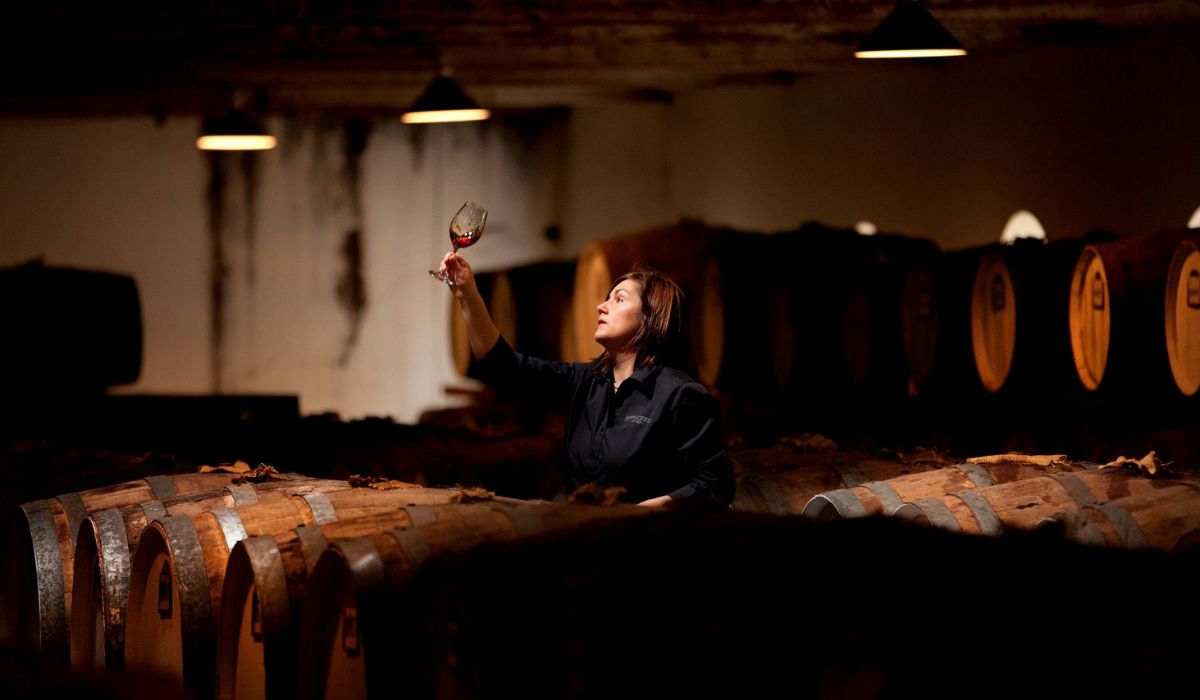
Few have done it better than the fortified stalwart of the Barossa, Seppeltsfield. Their DP233 Dry Apera is textbook: aged in a traditional solera, layered with flor-derived character, offering lifted notes of sea spray, green and roasted almonds, tangy, briny and uplifting to taste with fino/apera’s trademark brittle-crisp texture. It’s elegant and precise, and a flagbearer for the style.
Also a long-term highwater mark, South Australia’s 919 Wines, based in the Riverland, offer another standout with their Pale Dry Apera. Certified organic and made from palomino, it’s a saline, racy wine that threads the needle between structure and drinkability. A serious take, with precision at its core, it emerges from very dedicated grape growing and a winemaking ethos that focuses on many and small decisions to bring this wine to life. Perhaps one could say it’s a benchmark for those looking to understand how Australian terroir can inform and elevate the fino (apera) style.
While some producers in Rutherglen seem to have parked the style for now, there are those like Pfeiffer Wines who are keeping the fino flame alive with verve and purpose. They’ve cannily rebranded and energised their approach to the style, with a ‘Seriously Fine Apera’ and a ‘Seriously Nutty Apera’ naming and labelling. The twin expressions see the former, lean and saline, the latter veering into rancio and richness of a deeper and more oxidative style – they have a playful accessibility yet remain resolutely complex. A new energy in the category, is the result.
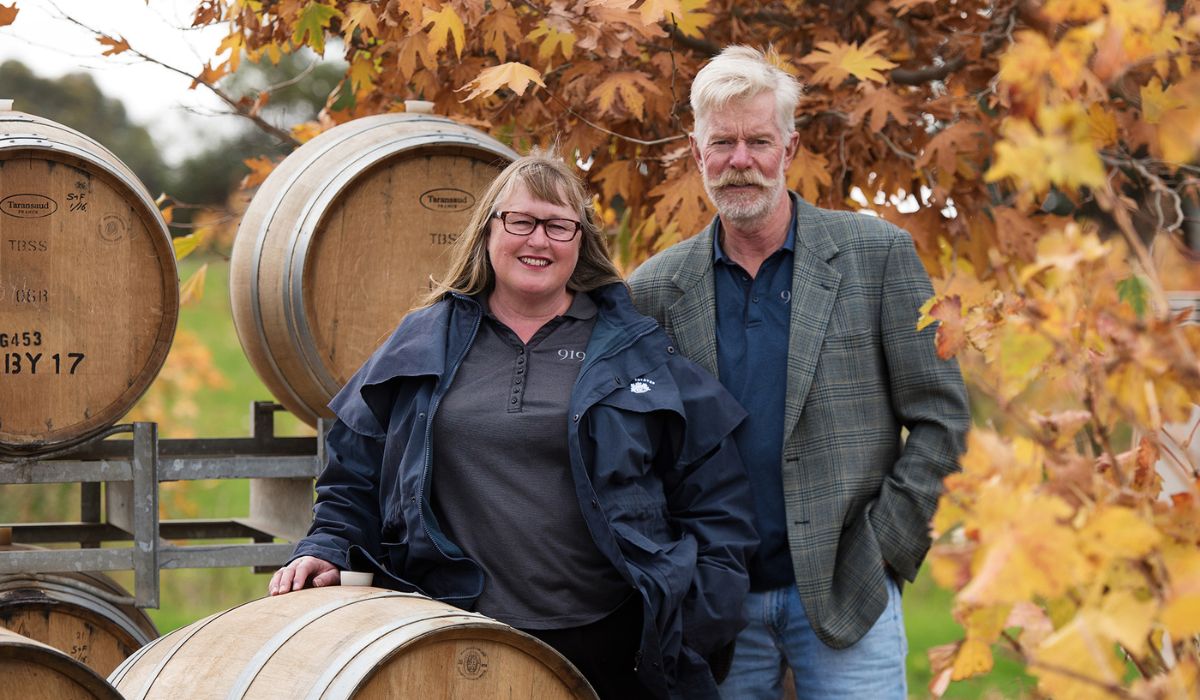
Not far away, and also in Rutherglen, Jones Winery & Vineyard delivers two quietly confident versions of the style in their Apero and Rich Rare Apera wines. This producer, and these wines, are often hidden under the radar but are worthy expressions. Apero is a golden, toasty and spicy version of more traditional apera, while the Rich Rare Apera is more akin to complex, amber-bronze, rancio-laced styles reminiscent of rare muscats. Both are worthwhile seeking out.
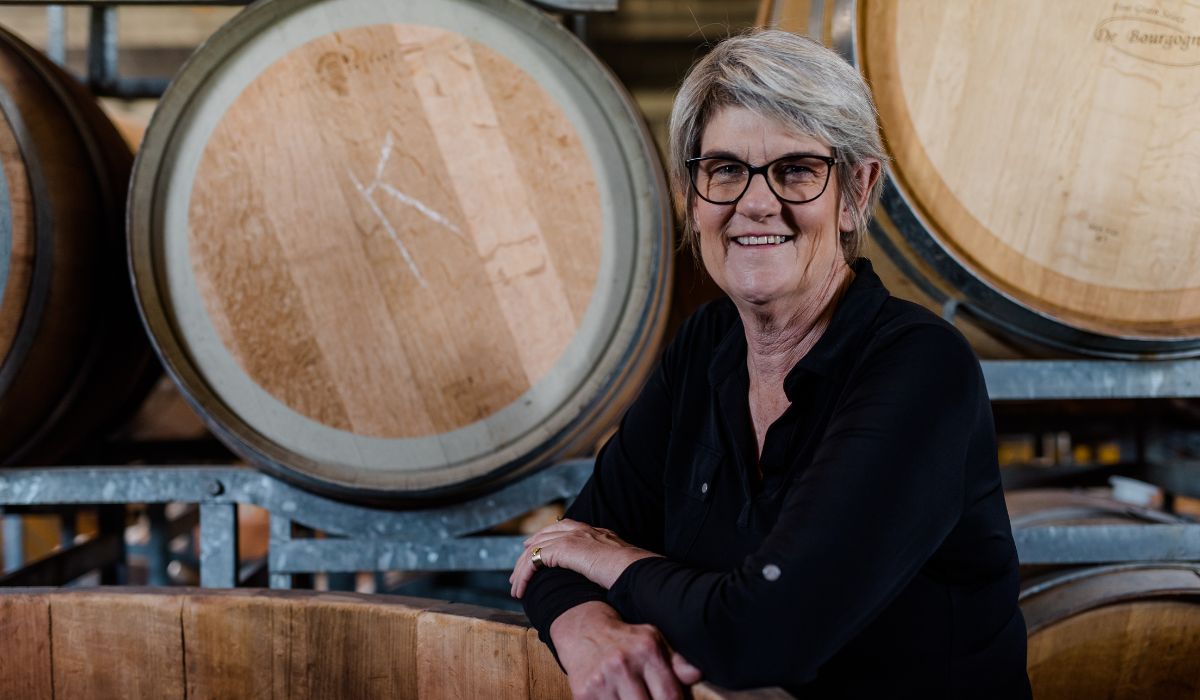
Australian apera sees wines being made with quiet conviction, built on tradition, time, and a love of the tightly wound, salty, textural and refreshing styles inherent. The mantra ‘old school, good school applies’, but so too does the idea that the local interpretations of fino sherry are a worthwhile adventure, and applicable across a lot of social, dining and drinking occasions in Australia. The cult of cool rises from the obscure, and apera, done well by local producers, should be firmly in the cross hairs for diversity of drinking.
Australian apera to try
919 Wines Pale Dry Apera
Riverland, 500ml, $43
This is one of the most complete, compelling and complex renderings of the apera style in Australia. It has that sense of energy, an electric acid line, super-charged briny minerality, subtle but distinct nuttiness and a crunch of green apple freshness. A vivid portrait of apera, and generally an outstanding wine.
Seppeltsfield DP233 Dry Apera
Barossa Valley, 500ml, $35
The wine is a blend of aged flor and dry flor apera sources built from the solera system at the winery. There’s an intensity to the wine, but it still retains uplifting, sea spray characters, salted cashew savouriness, woody spice notes and a tang like brined, green olives. Beautiful drinking; pass the garlic prawns
Chambers Rosewood Dry Flor Apera
Rutherglen, 750ml, $21
From the legendary Chambers Rosewood Vineyard comes this tight, crisp and salty apera that comes in 750ml format, two litre flagon and five litre plastic containers. Floral lift in red apple brightness, some parmesan and lots of salted almond. Wildly drinkable.
This article first appeared in issue #80 of Halliday magazine. Become a member to receive all four issues per year delivered to your door, digital access to over 185,000 tasting notes, and much more.
Order your copy of the 2026 Halliday Wine Companion today
The 2026 edition of the seminal guide to Australian wine, the Halliday Wine Companion, is on sale now. Secure your copy today, or upgrade to a Vintage Halliday membership.
Latest Articles
-
Travel
Visit the vineyard: Get to know these standout wineries on the Mornington Peninsula
1 day ago -
News
Oliver's Taranga introduces International Fiano Day to shine a spotlight on this Italian grape
2 days ago -
Win
Halliday Top 100 giveaway
2 days ago -
From the tasting team
The Halliday Tasting Team explain their picks for the Top 100 Wines 2025
6 Oct 2025
More from Mike Bennie
-
From the tasting team
Mike Bennie chats to Full Circle's Rose Kentish about the power of flavour and scent to connect
31 Jul 2025 -
From the tasting team
'Ageworthy' ales: Mike Bennie shares his tips on choosing beer for the cellar
20 May 2025 -
From the tasting team
Oxygen in winemaking – friend or foe?
11 Apr 2025
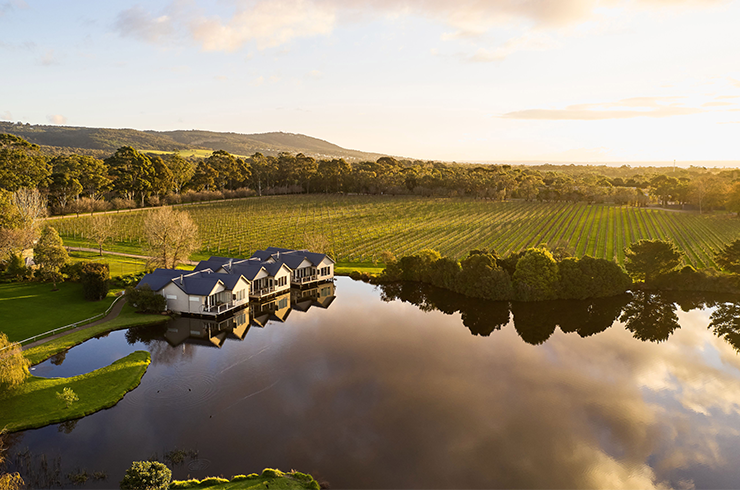

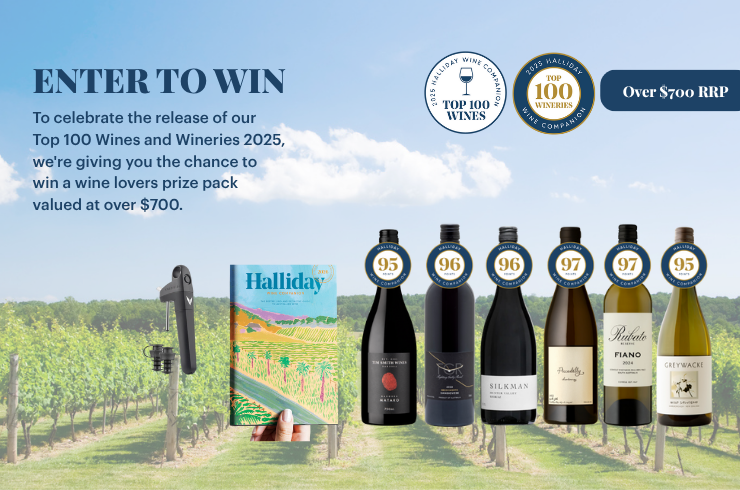
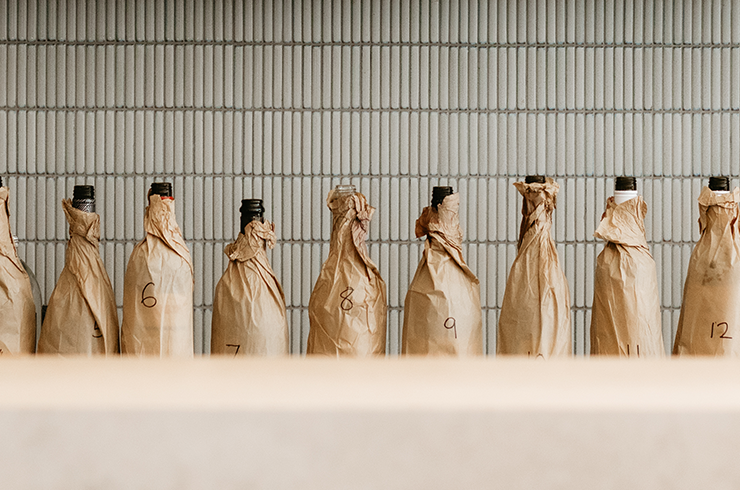
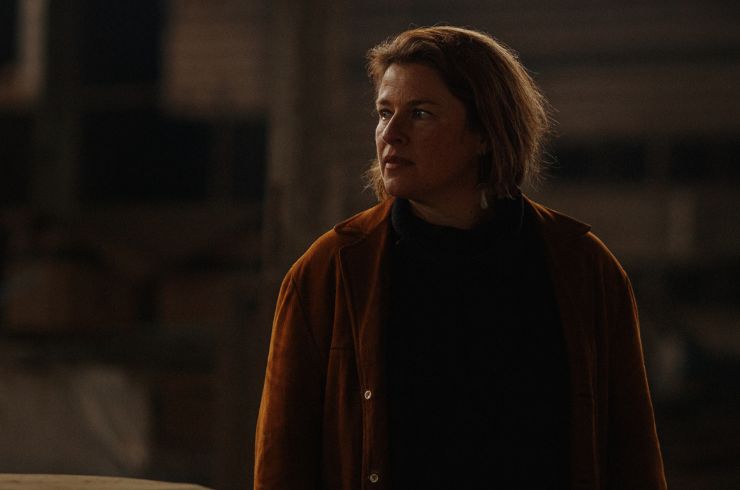
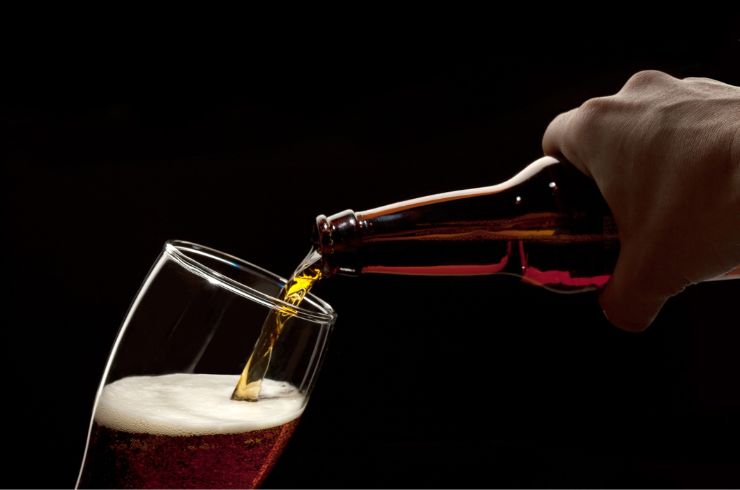
/oxidative-wine-tile.ashx)